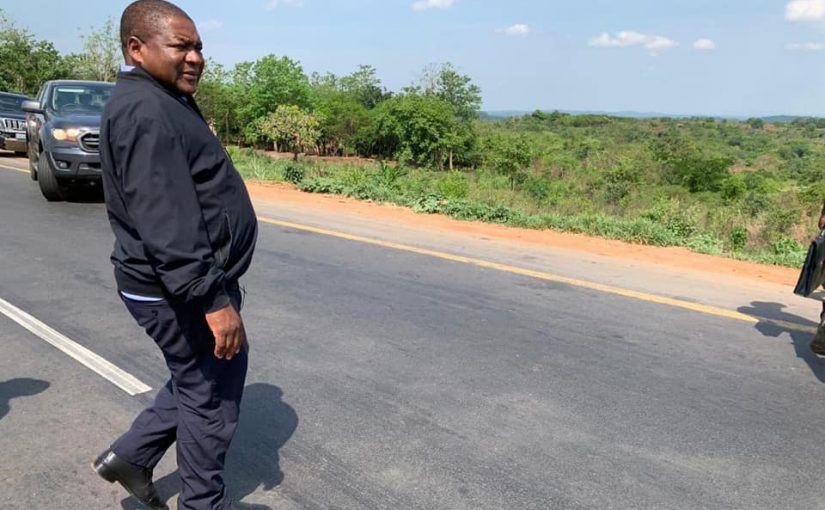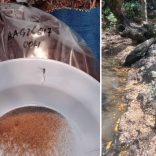Creation of the Mozambican currency symbolized rejection of "foreign domination" - President
Nyusi inaugurates key Niassa highway

in file CoM
Mozambican President Filipe Nyusi on Friday handed over to communities in the northern province of Niassa the first 200 kilometres of the road between the two main cities in the province, Lichinga and Cuamba.
The entire road is 315 kilometres long. The rebuilt and paved stretch inaugurated on Friday runs from the provincial capital, Lichinga, to Massangulo, capital of Ngauma district, and on to Muita, The final 115 kilometres will run from Muita to Cuamba.
Building work began in May 2017 with a scheduled completion date of 30 November this year.
At a meeting with the public in Massangulo, Nyusi urged motorists, and all other users of the country’s roads, to take great care, so that they do not become corridors of death. He expressed concern at the large number of lethal accidents on Mozambicans roads.
The road he had just inaugurated, he said, was built to international standards, and there was no reason why it should plunge Niassa households into mourning.
“The government did not rebuild this road to kill people”, he stressed. “Do not drive carelessly on the roads”.
He also urged all of society to take care of rebuilt roads, which cost the Mozambican state large sums of money.
“There are bad brothers who will want to ruin the road”, Nyusi warned. He noted that, after the recent inauguration of a bridge on the road from Cuamba into Zambezia province, “the following day the joints were being dismantled” (presumably for sale as scrap metal.).
“This is backwardness and lack of responsibility”, he said. “A people should be proud when it has better infrastructures”.
Hiroaki Endo, a representative of the Japanese International Cooperation Agency (JICA), which partly financed the work on the Lichinga-Massangulo stretch, said it would have a positive impact on economic activity in the region.
The main aim of the project is to facilitate the transport of people and goods, through improving the road to Lichinga, stimulating the national economy and the economies of neighbouring countries”, he said.
The road is vital for Niassa and Nampula provinces, and forms part of a strategic link, via the border at Mandimba, between landlocked Malawi and the port of Nacala.
Paving the Lichinga-Massangulo-Muita stretch cost about 105 million US dollars, financed by JICA, the African Development Bank (ADB) and the Mozambican government. A total work force of 1.914, of whom 171 were foreigners, worked on rebuilding the road over about 30 months.
The road is now ten metres wide. On the Lichinga-Massagulo stretch, two new bridges were built, over the Lutembue and Lumbala rivers. Seven bridges were needed on the Massangulo-Mita stretch – over the rivers Ngolua, Naganta (two bridges), Luchima, Lilase, Ninde and Lilumassi.
In the Mandimba municipality, five kilometres of road were tarred to connect the main road with the Malawian border, and a weighbridge was installed.













Leave a Reply
Be the First to Comment!
You must be logged in to post a comment.
You must be logged in to post a comment.